

Several types of frogs and larvae have the ability to freeze solid in winter and thaw back to life in the spring. Depending on their size and climate, some larvae can even switch back and forth each day!
The wood frog is an excellent example of this mechanism. As temperatures begin to freeze in their environment, wood frogs launch a series of biological reactions that culminate in a solid freezing state. Ice starts forming on the frog's moist body and produces a cryoprotective liquid in the liver. This liquid is mostly made of sugar (glucose) and serves the purpose of protecting cells from dehydration. Watch an illustration of the process and footage of a frog freezing and thawing here:
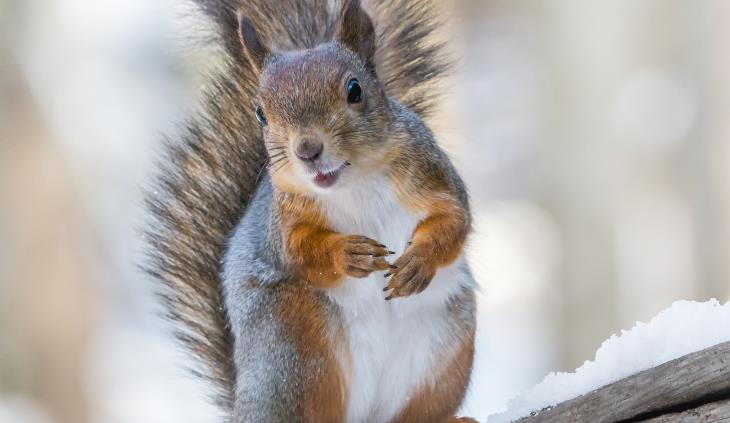
Other animals do everything in their power not to freeze. To explain how they do that, we need to understand how water freezes. Water molecules must have a nucleus around which they can form ice crystals. This nucleus can be as small as a molecule.
In the absence of a nucleus core, water would not freeze, even at subzero temperatures. Some animals, like the arctic ground squirrel, can eliminate all nuclei in a process called supercooling, thus maintaining blood circulation through winter hibernation.
Why does one animal choose to freeze while the other avoids it? Frogs, as well as other reptiles, are cold-blooded. They don't generate heat on their own. They get their body heat from the environment. If their surroundings are cold, they're cold too, as simple as that. They're fine with it, but not every cold-blooded creature can survive freezing like the talented wood frog.
Warm-blooded animals include mostly mammals, who, like us humans, generate their own body heat. We must keep this temperature steady, and any extreme change in temperature will lead to death. The squirrel chooses to stay unfrozen because, like us, it can't come back to life after freezing. It must maintain a steady body temperature, regardless of its environment.
Related: Sunbathing in Winter Comes With Many Health Benefits
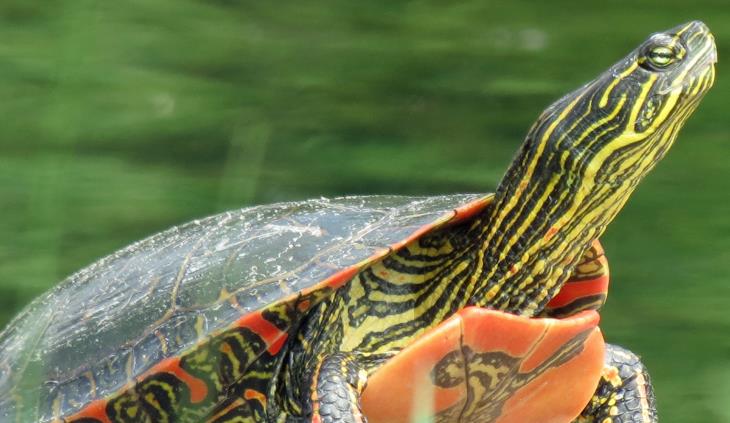
The painted turtle has impressive hibernation abilities that change as the animal matures. As a hatchling, it reorganizes the DNA to survive the cold in a process similar to the wood frog but a bit less complex. When mature, the turtle develops an astounding skill: it can hold its breath for up to 4 months while hibernating underwater!
Watch the frozen hatchlings come to life in this video:
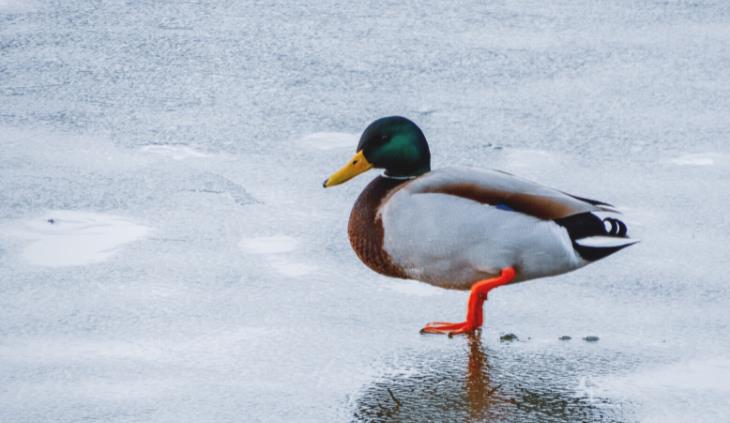
Flamingos, penguins, ducks, and other aquatic birds have their blood vessels organized in a way where the body heat is spread evenly through every limb, particularly through the feet that stand bare on ice.
You see, for humans, our "central heating" is the heart. Blood that travels from the feet to the heart may be cold if our feet are cold, but it is reheated in the heart and goes out again on a new cycle in an attempt to heat the body's extremities. Blood vessels are organized like neat highways - two lanes, each going in opposite directions, all coming together at the heart junction.
But in penguins and flamingos, the blood vessels in the lower limbs are intertwined so that cold blood coming from the feet back to the heart is immediately warmed by the juxtaposing blood vessels containing warm blood from the heart. This is called a countercurrent circulation system. This video explains the complexity of it all:
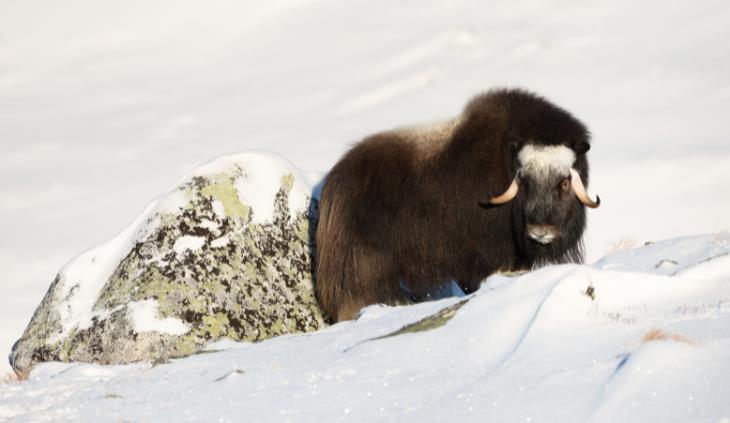
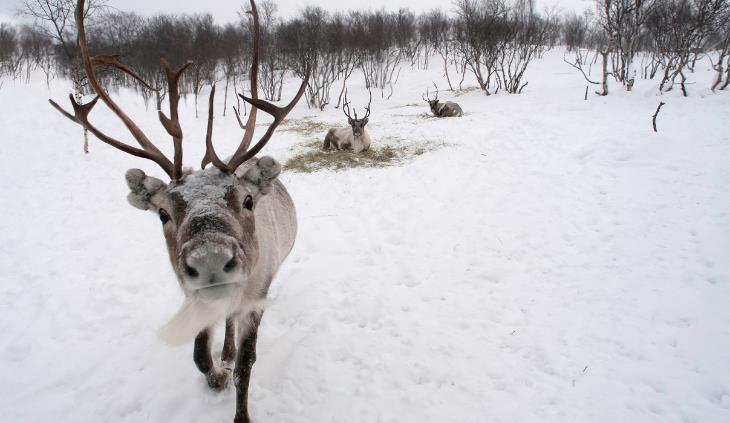
Some animals have an extraordinary ability they share with no one in the animal kingdom. Here are two examples.
Tardigrades
Tardigrades are microscopic creatures with amazing surviving abilities. It wouldn't be an exaggeration to say that tardigrades are indestructible, as they've been found living inside volcanoes. Tardigrades can survive without food for decades and travel to outer space and back without a scratch.
Tardigrades need a thin film of water around their body to thrive and avoid dehydration. When left without water, they curl up into a ball, expelling all remaining water from their bodies. As conditions return to optimal humidity, they uncurl and go on as usual. Tardigrades can survive in their curled state for up to 30 years.
Reindeer
Reindeer do not hibernate. They rely on their thick coat that traps air close to their body as insulation. They do need to adapt to the nocturnal arctic winter. At the height of winter, there are nearly three months of round-the-clock darkness.
Reindeer have the incredible ability to change their eye structure and color to allow optimal night vision. They mainly change a structure behind the retina called the tapetum lucidum. This is a reflective surface that amplifies natural light. Cats and dogs have it too; that's what makes their eyes reflect at night.